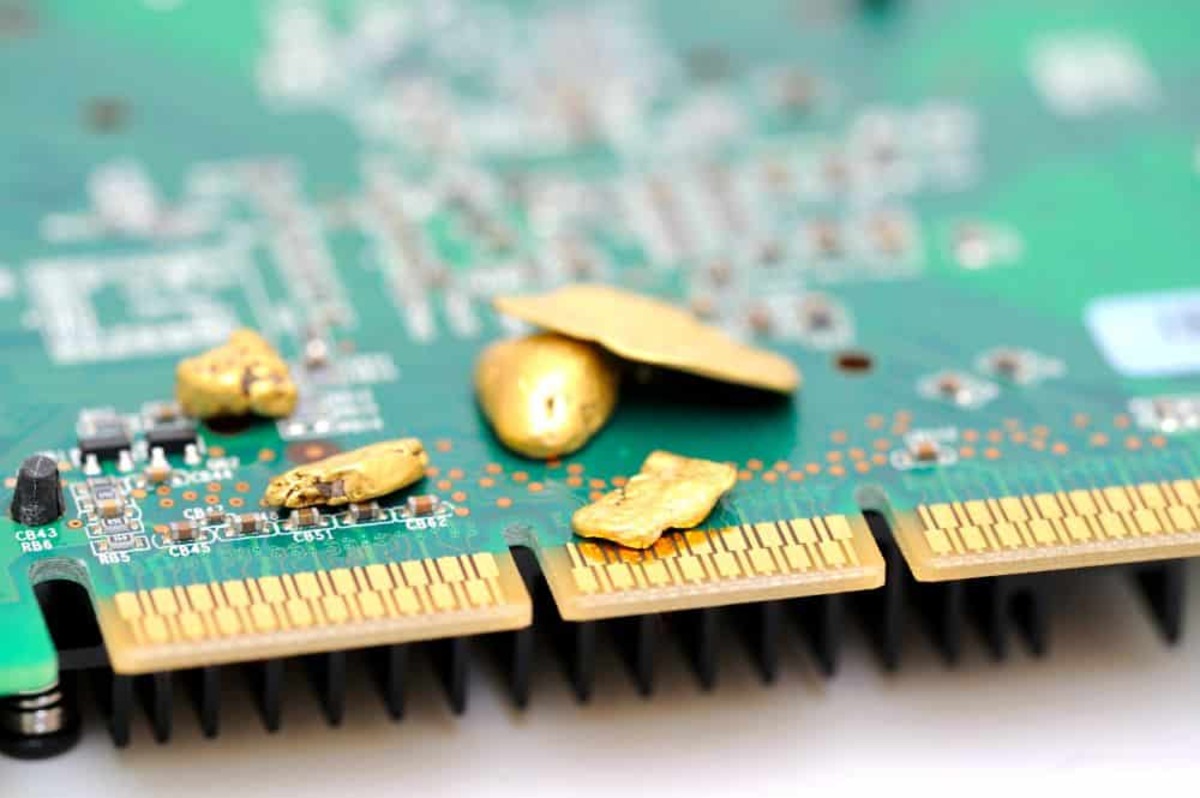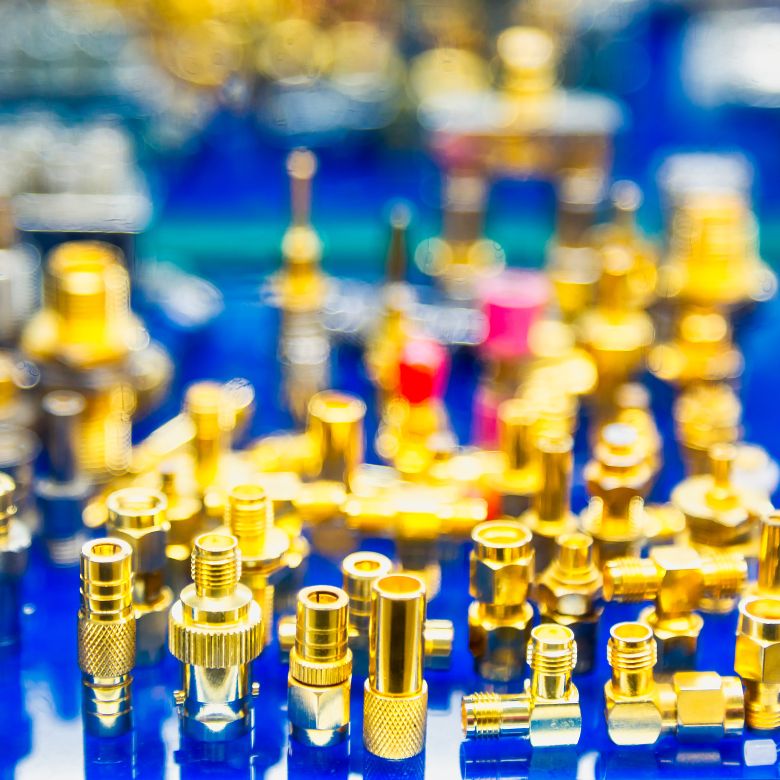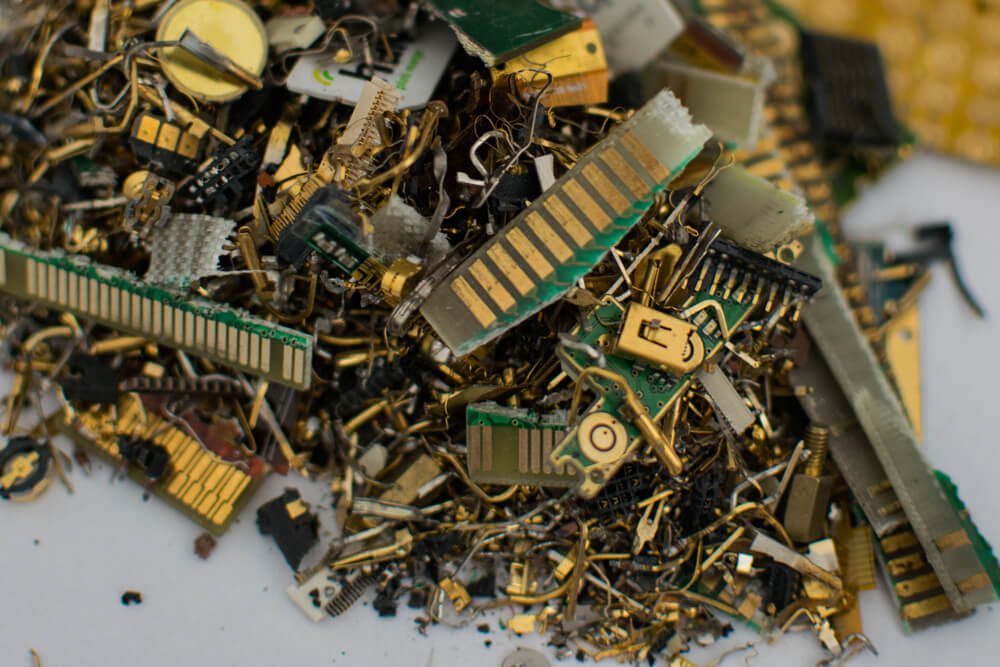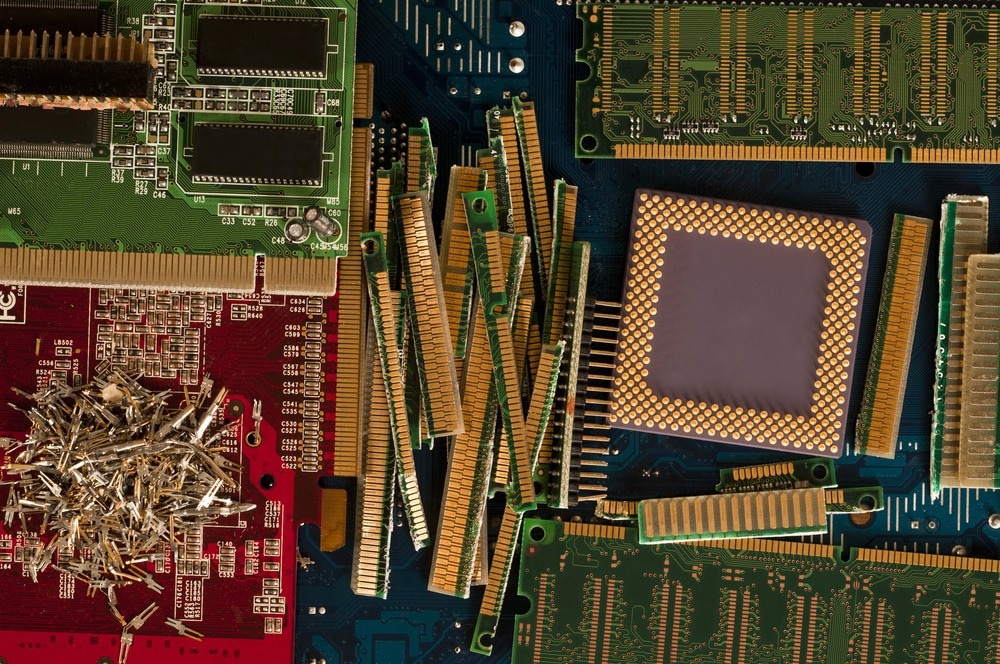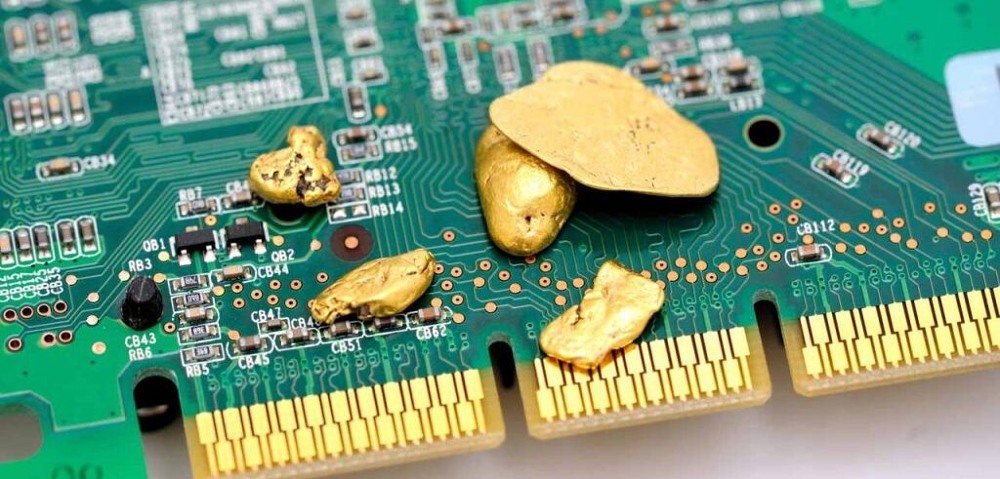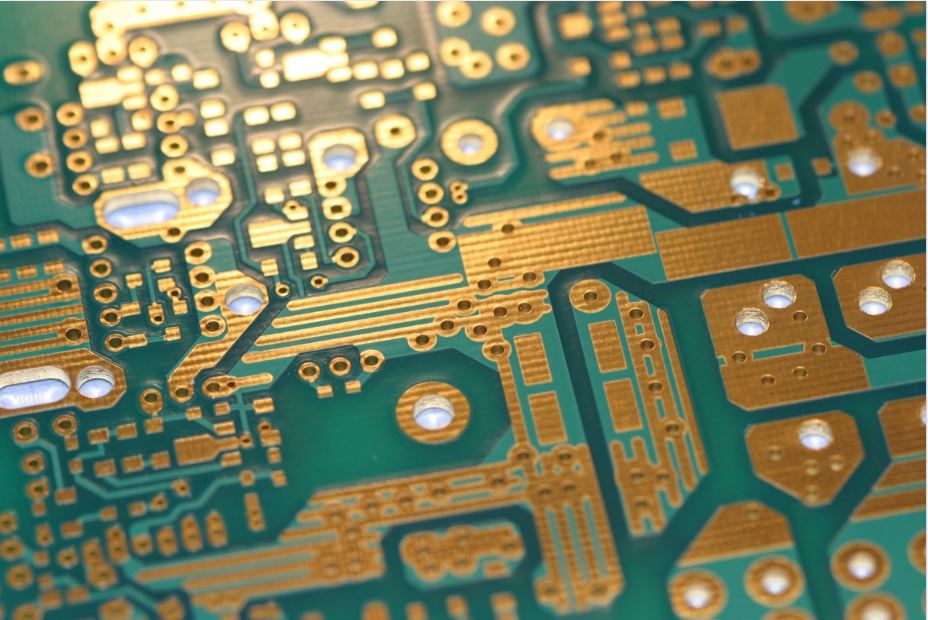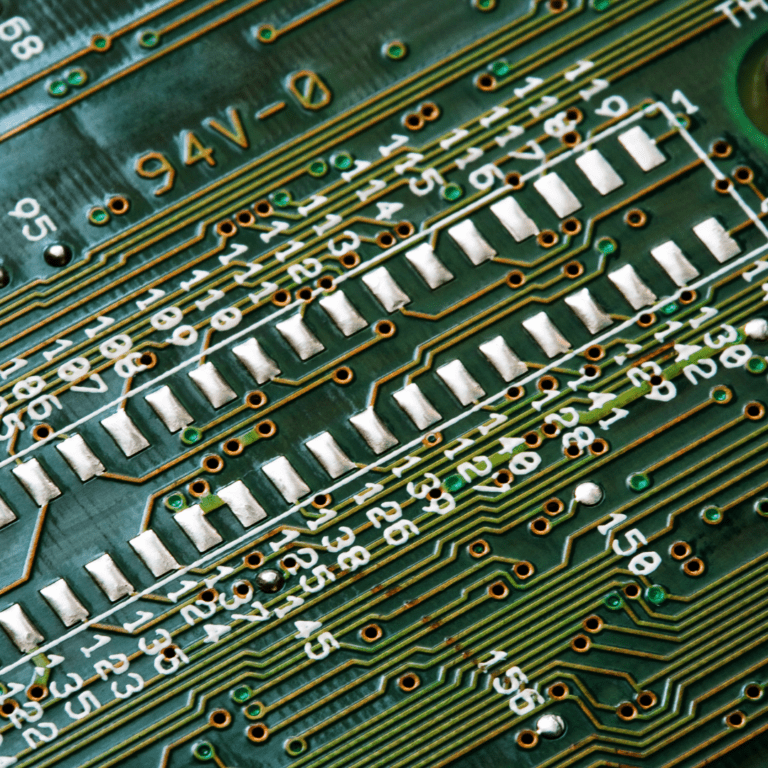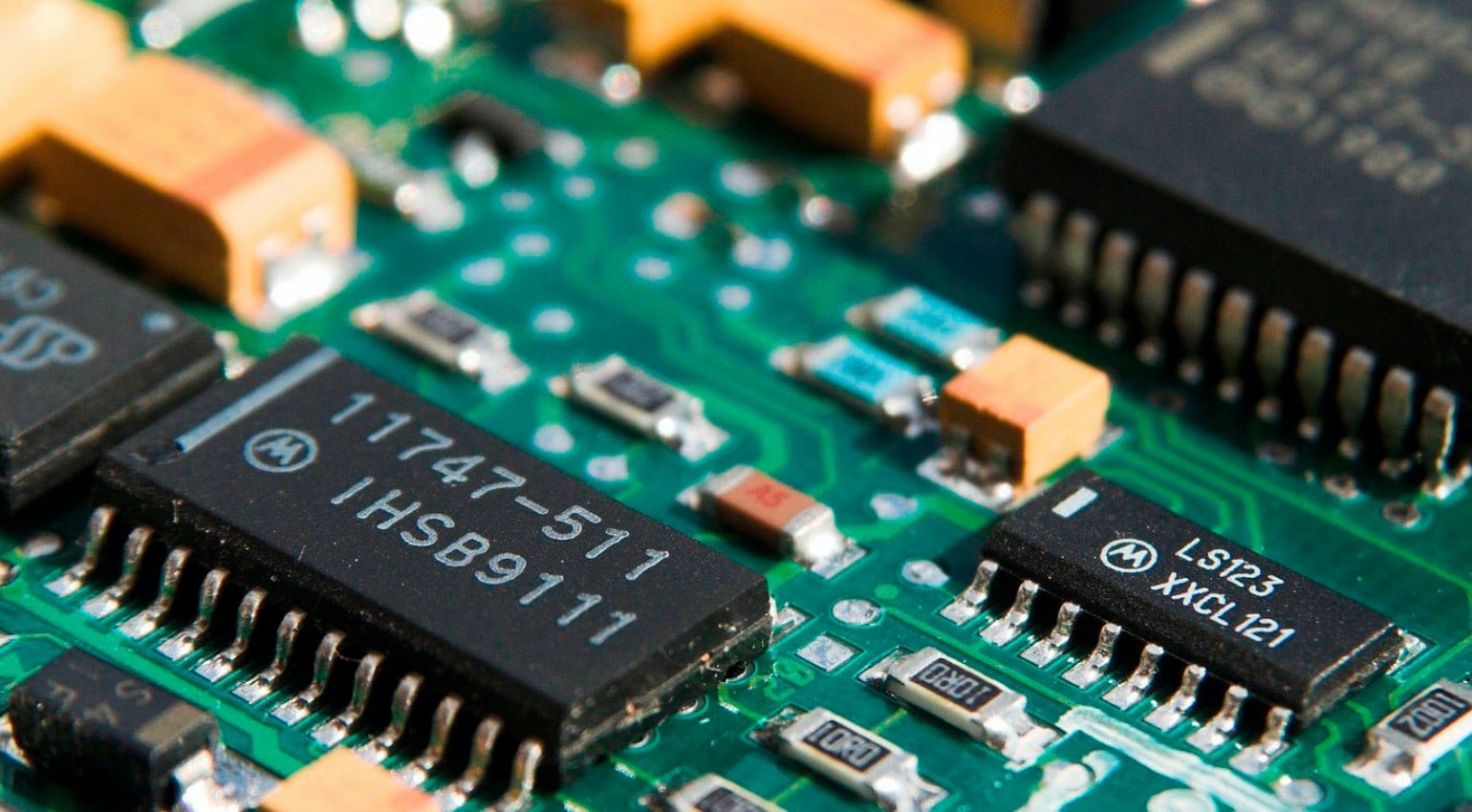High Gold Content Pure Gold In Electronics
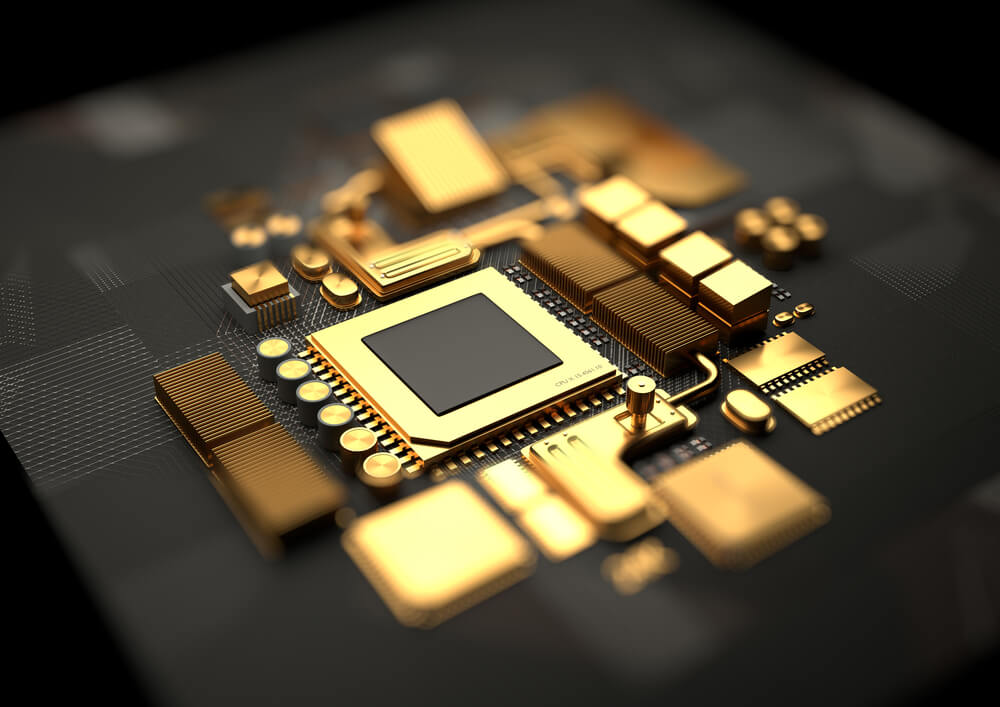
Imagine a world where shimmering veins of gold aren't just found in dusty mines, but meticulously woven into the heart of our everyday electronics. Think smartphones that practically whisper affluence, computers boasting unparalleled conductivity, and even electric vehicles humming with a precious, golden secret. This isn't a futuristic fantasy; it's a burgeoning reality fueled by the innovative pursuit of high-purity gold in the electronics industry.
The incorporation of pure gold, exceeding the traditional standards, into electronic components is gaining momentum. It promises enhanced performance, longevity, and reliability. This article delves into this captivating trend, exploring its potential benefits, the challenges involved, and its long-term implications for both the electronics sector and the global gold market.
The Allure of Pure Gold
For decades, gold has been a crucial component in electronics. Its exceptional conductivity, resistance to corrosion, and malleability have made it invaluable for creating reliable connections in circuit boards, connectors, and microchips.
However, the gold typically used in electronics isn't 100% pure. It's often alloyed with other metals, like copper or nickel, to improve its strength and durability.
The recent shift toward higher gold content, even approaching near-pure levels, stems from the ever-increasing demands of modern technology.
Driving Forces Behind the Trend
Several factors are converging to drive the adoption of higher purity gold in electronics. One key driver is the relentless pursuit of miniaturization.
As electronic devices become smaller and more complex, the need for highly reliable and conductive materials increases exponentially.
Pure gold's superior electrical properties shine in these demanding applications, enabling faster data transfer and reduced energy consumption.
Another contributing factor is the growing emphasis on product longevity and reliability. In industries like aerospace, medical devices, and high-end audio equipment, failure is simply not an option.
Components made with higher purity gold are less susceptible to corrosion and degradation. This ensures optimal performance over extended periods.
Moreover, the expanding market for luxury electronics and high-performance devices further fuels the demand for pure gold. Consumers are increasingly willing to pay a premium for products that offer superior quality, reliability, and a touch of prestige.
Benefits and Advantages
The benefits of using high-purity gold in electronics are multifaceted. Improved conductivity is a primary advantage.
Pure gold offers lower electrical resistance than alloys, enabling faster signal transmission and improved device performance, especially in high-frequency applications.
Enhanced corrosion resistance is another significant benefit. Gold is naturally resistant to oxidation and corrosion, making it ideal for use in harsh environments.
Using pure gold minimizes the risk of component failure and extends the lifespan of electronic devices.
Furthermore, higher purity gold can improve the solderability of electronic components. This leads to stronger and more reliable connections, reducing the likelihood of defects during manufacturing.
Challenges and Considerations
Despite its numerous advantages, incorporating high-purity gold into electronics presents several challenges. Cost is a major hurdle.
Pure gold is significantly more expensive than gold alloys. The increased material cost can impact the overall price of electronic devices.
Manufacturing processes also need to be adapted to handle pure gold. It's softer and more malleable than alloys, which can pose difficulties during assembly.
Furthermore, sourcing and refining pure gold can be complex. Ensuring ethical and sustainable sourcing practices is crucial to minimize the environmental and social impact.
Applications Across Industries
The use of high-purity gold is finding applications across a wide range of industries. In the aerospace sector, pure gold is used in critical components that require extreme reliability and resistance to harsh conditions.
Medical devices, such as pacemakers and hearing aids, also benefit from pure gold's biocompatibility and corrosion resistance.
The high-end audio industry is embracing pure gold in connectors and cables to enhance signal transmission and improve sound quality.
Furthermore, the growing market for luxury smartphones and wearables is driving demand for pure gold plating and components to enhance their aesthetic appeal and perceived value.
Environmental and Ethical Implications
The increasing demand for pure gold raises important environmental and ethical considerations. Gold mining can have significant environmental impacts, including deforestation, water pollution, and soil erosion.
Ensuring responsible sourcing practices is crucial to minimize these impacts. Recycling gold from electronic waste (e-waste) is becoming increasingly important to reduce the demand for newly mined gold.
Furthermore, ethical considerations, such as fair labor practices and community engagement, must be addressed throughout the gold supply chain.
The Future of Gold in Electronics
The future of pure gold in electronics appears bright. As technology continues to advance and demand for high-performance, reliable devices grows, the need for pure gold will likely increase.
Innovations in gold refining and manufacturing processes will likely make pure gold more accessible and cost-effective.
Moreover, the development of new gold-based materials, such as gold nanoparticles and gold nanowires, could further expand the applications of gold in electronics.
"The move towards higher purity gold represents a significant step forward in the pursuit of excellence in electronics manufacturing," says Dr. Emily Carter, a materials scientist at Caltech. "While challenges remain, the potential benefits for performance, reliability, and longevity are undeniable."
Ultimately, the adoption of pure gold in electronics reflects a broader trend toward greater efficiency, sustainability, and quality in the technology sector.
It's a testament to the enduring value of this precious metal and its ability to adapt to the ever-changing needs of our modern world.
As we look to the future, it's clear that gold will continue to play a vital role in shaping the devices that power our lives, bridging the gap between precious metal and cutting-edge technology.
